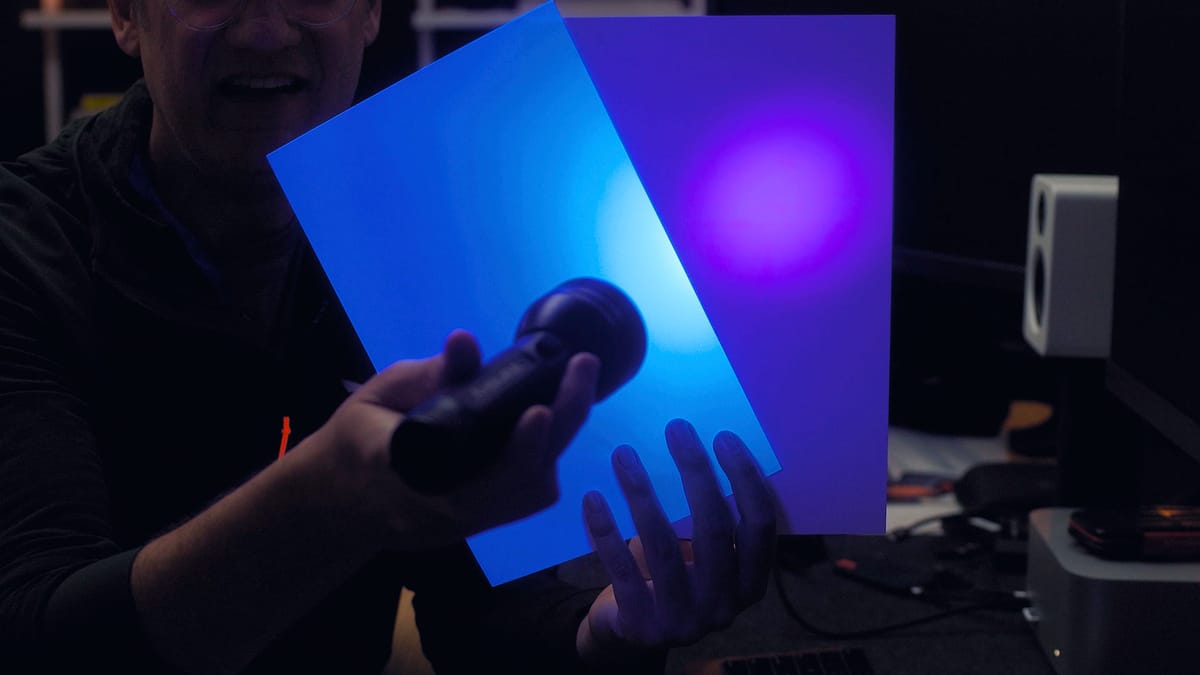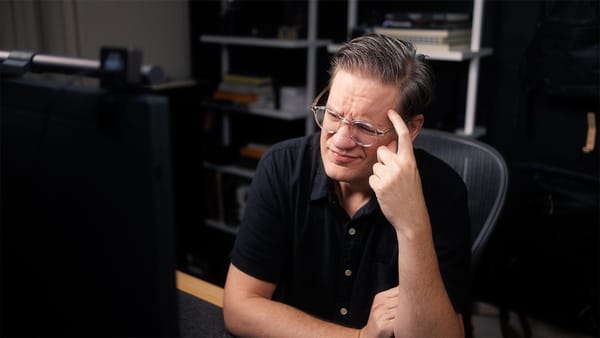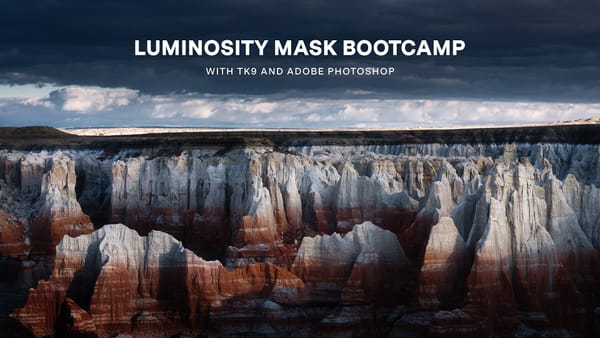Why is this paper glowing?
Exploring the pros and cons of Optical Brightening Agents in photo paper, and whether they should be avoided

When you look at the specifications for inkjet photo paper, you’ll often see a mention of Optical Brightening Agents, or OBAs. These are fluorescent compounds that absorb ultraviolet (UV) light and emit blue light, which makes the paper appear whiter and brighter. Unless a paper is specifically labeled as “OBA-free,” it likely contains at least a small to moderate amount.
But if OBAs make paper look brighter, why doesn’t every photo paper include them? And why do some manufacturers highlight the fact that their fine art papers contain no OBAs at all? Let’s take a closer look at what OBAs do and why they matter.
Seeing Optical Brightening Agents
Optical Brightening Agents (OBAs) are invisible under normal conditions, but their effects become obvious under ultraviolet (UV) light. When exposed to UV, these compounds absorb the invisible light and re-emit it as visible blue light. This blue glow gives the paper a whiter and more vibrant appearance, which also affects the way printed images look. This effect can occur in direct sunlight, near a window with daylight, or under any light source that emits UV.
Under typical indoor lighting, especially from LED or incandescent bulbs that contain little or no UV, papers with and without OBAs usually look the same. However, when exposed to strong UV light from a source like a UV flashlight, the difference becomes easy to spot. In the featured image at the top of this article, the paper on the right does not reflect UV light and remains dark. The paper on the left contains OBAs and glows with a bright blue and purple tint.
The stronger and more vivid the glow, the higher the amount of OBAs in the paper. This simple visual test makes it easy to identify whether a paper uses brighteners to achieve its white tone.
If you don't own a UV flashlight, look for "CIE Brightness" in a paper's specifications. Odds are, if the value is equal to 100 or higher, there's a good chance the paper contains OBAs.
The downsides of Optical Brightening Agents
If OBAs make paper look brighter and more luminous, why aren’t they used in every photo paper? And why do manufacturers often highlight “OBA-free” as a premium feature?
The main reason is longevity. OBAs are fluorescent compounds that degrade over time. As they break down, the paper loses its added brightness and can start to yellow or fade. This not only affects the appearance of the paper but can also compromise the integrity of the print itself.
How quickly this happens depends on the amount of OBAs in the paper and how the print is stored or displayed. In general, higher OBA content means a brighter white under UV light but a shorter archival lifespan. This is why professional photographers and fine art printers often prefer OBA-free papers. For gallery work and collectible prints, using OBA-free paper and pigment inks helps ensure the print retains its archival value and appearance over decades.
Another key limitation of OBAs is that they only activate under UV light. In typical indoor environments with standard lighting, OBAs do very little. Their brightening effect is only visible near a window or in direct sunlight. Ironically, that same sunlight that reveals their benefit can also accelerate their breakdown.
In short, OBAs offer a visual boost, but at the cost of long-term durability.
What about Baryta papers?
Baryta papers achieve brighter whites and increased luminance by incorporating barium sulfate, a stable, non-organic white pigment. Unlike OBAs, barium sulfate does not fluoresce, break down over time, or affect the longevity of the paper or print.
This makes baryta papers a great option for photographers who want crisp, bright whites (especially for black-and-white work) without sacrificing archival quality. You get the visual punch of a brighter surface with none of the long-term risks associated with optical brightening agents.
Put simply, "Baryta" and "OBAs" are different things. Some papers contain both, others one or the other.
Recommended OBA-free fine art papers
Finding bright, OBA-free fine art papers can be challenging, but there are some options out there which can produce outstanding results and provide better long-term archival stability. Here are some recommended papers I've tested and used:
- Canson Arches 88: Gorgeous matte fine art paper with a neutral, bright white point. Smooth finish, solid contrast and performance.
- Canson Arches BFK Rives Pure White: Pretty much the same as Arches 88, but slightly textured, not as smooth. Canson claims this is the brightest non-OBA fine art paper on the market today.
- Canson Platine Fibre Rag: Phenomenal paper with an incredible textured gloss finish that adds visual depth and richness.
- Hahnemuhle Photo Rag Baryta: Classic fine art 100% cotton paper with textured gloss surface, similar to Canson's Platine paper. Includes barium sulfate for a brighter, more neutral white point.
- Hahnemuhle Photo Rag Baryta Matt: Gorgeous matte paper with the same character and properties as the gloss version, but with a more subtle, less reflective appearance.
Summary
Optical Brightening Agents can make photo papers look brighter and more vibrant, but that visual boost comes with a tradeoff. OBAs are unstable over time, and their breakdown can lead to yellowing, fading, and reduced print longevity. For that reason, they’re best avoided when creating fine art photography prints.
If you’re printing casual photos, marketing materials, or short-term display pieces, OBAs aren't a big deal (and may actually be preferable). But for photography prints meant to endure, stick with high-quality, OBA-free papers. They offer more consistent long-term results and will do a better job preserving the integrity of your prints for years to come.



